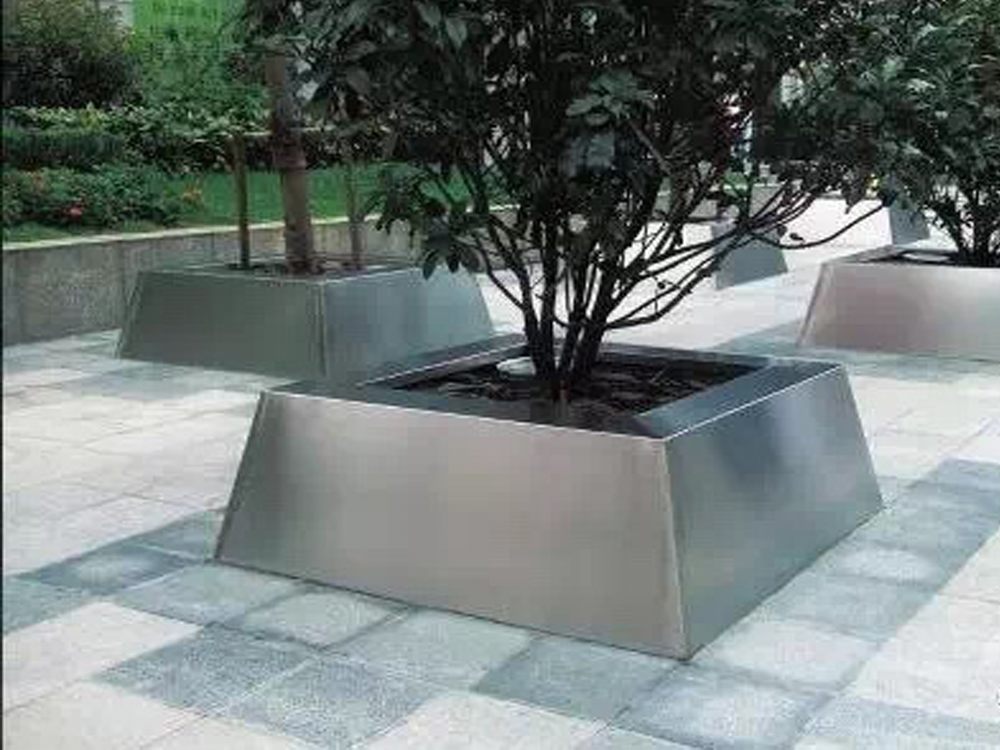
The porcelain sculpture market is divided into two distinct segments: traditional and experimental, each with unique trends shaping their demand and value. Traditional porcelain sculptures adhere to centuries-old techniques, emphasizing intricate craftsmanship, cultural heritage, and classical aesthetics. Collectors and institutional buyers dominate this market, valuing historical accuracy and mastery of glazing or hand-painting methods. Prices remain stable, often tied to an artist’s lineage or regional prestige.
In contrast, experimental porcelain art embraces innovation, blending unconventional materials, abstract forms, or technology like 3D printing. This segment attracts younger buyers and galleries seeking boundary-pushing pieces, with prices fluctuating based on conceptual boldness and artist visibility. Social media and avant-garde exhibitions drive trends here, making the market more volatile but also more responsive to global art movements. Sustainability and cross-disciplinary collaborations are rising themes in experimental works.
While traditional sculptures appeal to preservation-focused buyers, experimental pieces thrive on novelty, reflecting a broader shift toward contemporary ceramic art’s fusion of function and conceptual depth. Understanding these differences helps artists and investors navigate the evolving porcelain landscape.

